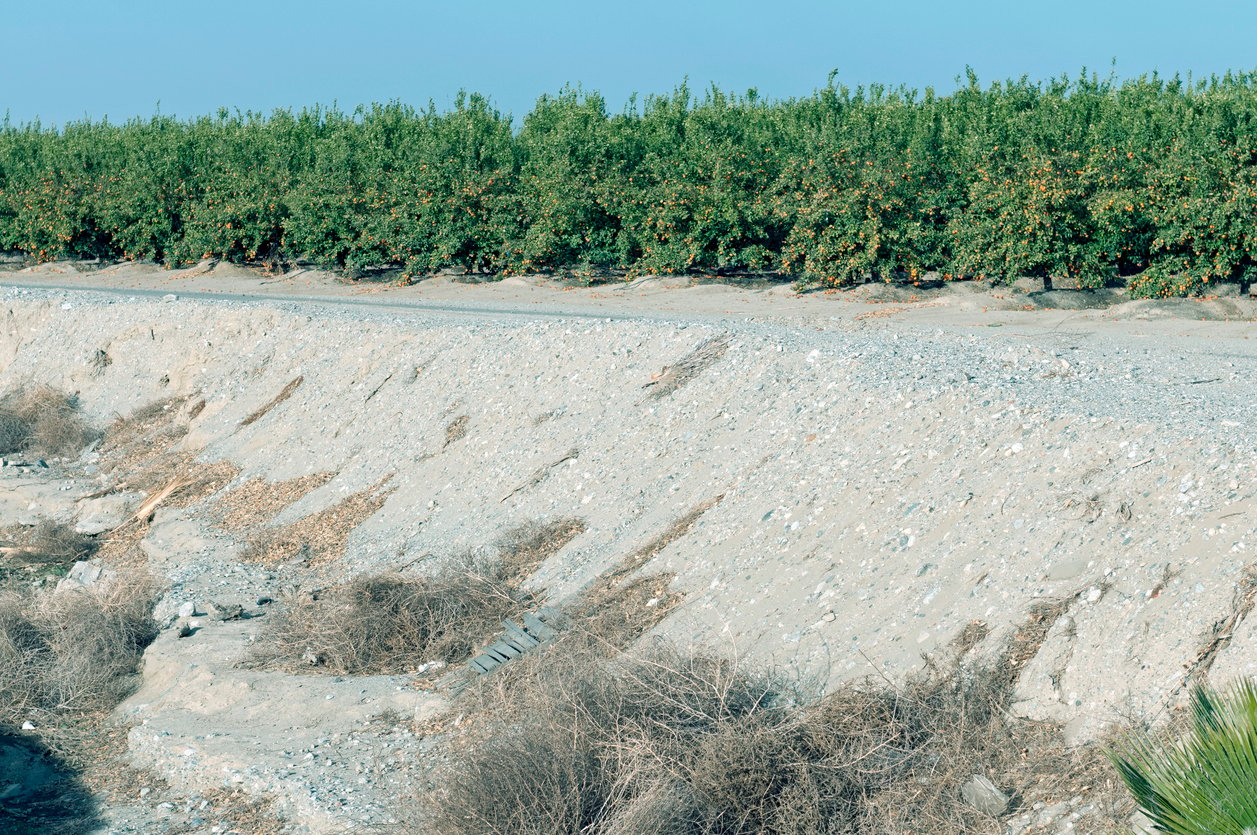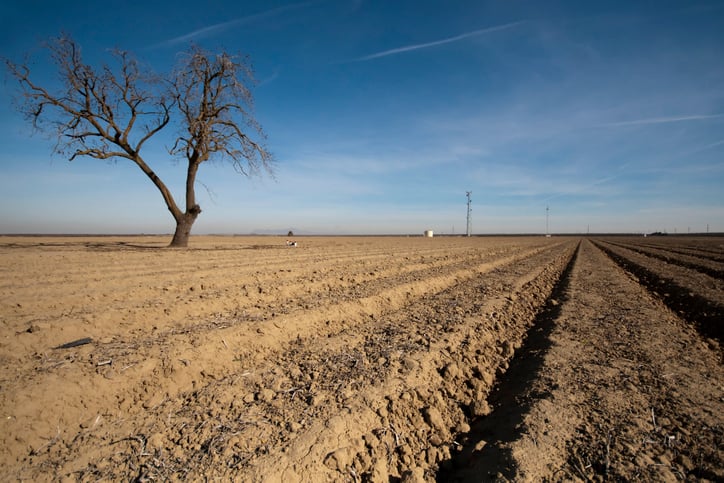With drought conditions and water restrictions across much of the west, growers are rightly looking for every last opportunity to improve their irrigation strategy.
Those seeking an expert perspective would do well to follow the work of Dr. Dan Howes, professor at California Polytechnic State University and among the state’s foremost experts in irrigation systems engineering.
Howes has made a lifelong study of water and agriculture—beginning on his family’s farm in the San Joaquin Valley. An undergraduate course on irrigation at UC Davis set him on a path to a degree in agricultural systems and environment, with summers spent on research in nut trees with Dr. Dave Goldhammer. From there, he went on to a masters degree at Cal Poly under Dr. Charles Burt, and later a PhD in civil engineering focused on open channel hydraulics and flow measurement.
Howes now teaches canal systems, pump systems, and irrigation scheduling. At Cal Poly’s Irrigation Training and Research Center (ITRC)—one of the last irrigation programs in the United States—he guides both university students and growers through coursework in unique lab facilities and practice fields with various irrigation setups.
We asked Dr. Howes for his take on special considerations for irrigation strategy in a dry year.
Managing salinity becomes more important
“If you step back to take a big-picture look at the industry, we saw a big push for efficiency in irrigation in the early 2000s,” Howes says. The shift away from flood irrigation helped growers conserve water, but there were also implications for managing soil salinity: where flood irrigation periodically flushed the soils, now some drip-irrigated fields are seeing a buildup of salt in the root zone.
In a normal year, this may not cause major problems—but in a drought year, growers may notice crop stress associated with high salinity. That’s because salts in the soil effectively compete with tree roots for the water, and during deficit irrigation, not enough water is applied to flush the salt particles below the root zone.

The ITRC suggests keeping the wetted area at 50% or more and occasionally leaching the soil to get the salt load pushed down. Other options include the temporary use of micro-sprinklers: they are easier to leach with, so Howes says it’s common to see a dual system with drip for primary, in-season irrigation, and micro-sprinklers for the winter irrigation.
It’s a good time to evaluate system performance
Howes recommends a DU test at least every four years—more often for growers using surface water supplies with drip/micro-spray irrigation systems. Poor DU will become more apparent in drier years when implementing deficit irrigation. Some areas receiving less water will exhibit higher degrees of water stress, affecting vegetative growth, yield, and overall plant health.
If you have a DU less than 0.85 on a field that is 10-15 years old and in prime production, that’s a good indication that improvements need to be made to the irrigation system, Howes says. He notes that a new system should be in the 0.93 range, while the average of the fields that have been tested in California are in the 0.85 range.
If the DU score drops below about 0.80, growers may start to see dramatic differences across the field in terms of plant health and yield—especially under deficit irrigation. If imagery and remote sensing show significant evapotranspiration or vegetation non-uniformity, Howes says, it is worth investigating for irrigation or fertilizer non-uniformity, salinity, pests, or other issues.
Dry conditions will amplify the effects of regulatory changes
Dr. Howes work at Cal Poly’s Irrigation Training and Research Center often involves advising irrigation districts and other agencies. That includes providing evapotranspiration (ET) data to help steer local implementation of the Sustainable Groundwater Management Act—so Howes has an up-close view of how the policy is changing growers’ decision-making.
If the drought continues, Howes says, farmers without adequate surface water will simply have more land than they can irrigate. Howes expects to see in the neighborhood of 1.5 million acres fallowed over the next 20 years as SGMA is implemented. This will be focused in areas with little or no surface water supplies, which could have a dramatic effect on communities in those areas.

SGMA rules are also changing how growers think about groundwater recharge. “We are realizing that groundwater recharge through filtration is very important,” Howes says. “Where [previously] we didn’t want to have deep percolation with water going below the root zone, now we can have it and welcome it to help recharge the groundwater supply.”
Check back for Dr. Howes' tips on irrigation system maintenance—or subscribe to our newsletter and never miss a new story.
